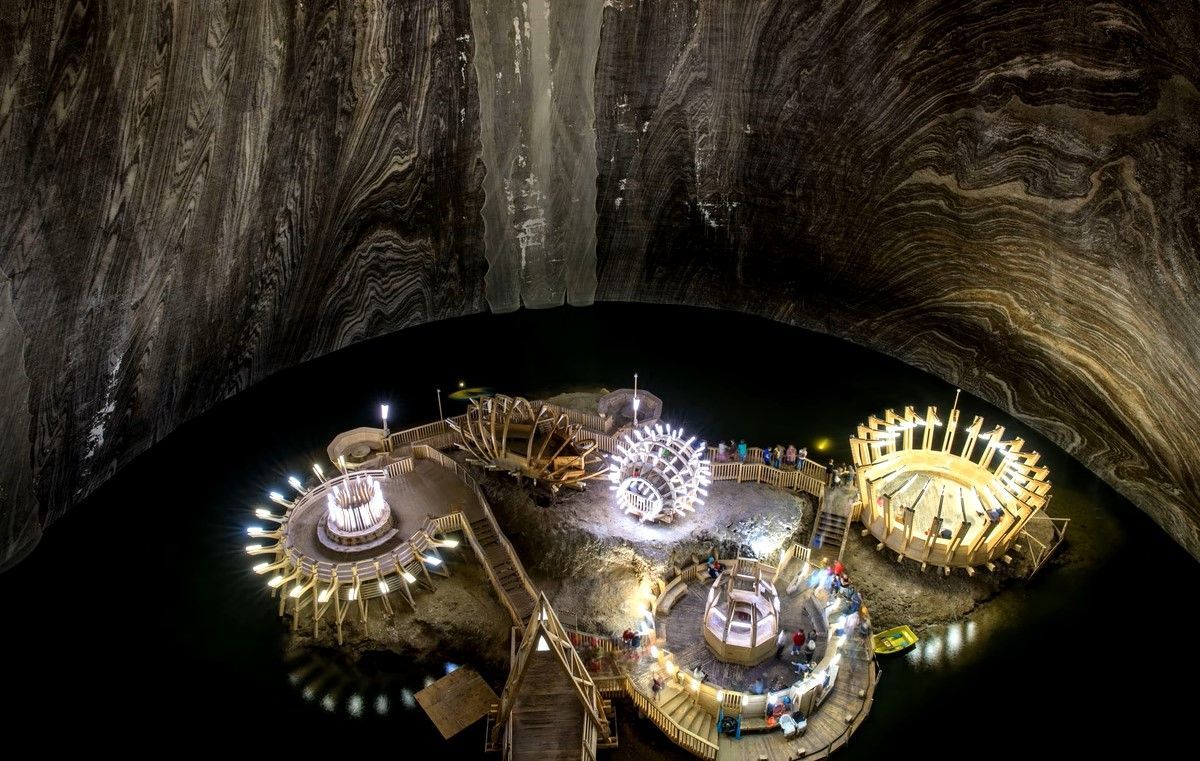Today we feature five breathtaking salt mines that might change the way we think about mines and their potential.
Some may be familiar with the Hungarian folk tale of the old king who one day asked his daughters who loved him the most. The youngest—who, it turns out at the end, loved him the most—replied, “I love you, dear father, like people love salt.” Salt, among many other things around us, is something we encounter and consume every day, life would be almost unimaginable without it, yet most of us don’t really think about where it comes from and how it gets on our plates.
Salt, or sodium chloride, is one of the oldest compounds known to mankind, and thus its production also has a long history. It can be extracted naturally in three ways: through seawater evaporation, through a complex process called brining, or from rock salt mines, also known as halite mines. The following attractions all fall into the third category.
Salina Turda
Turda, Romania
Despite its modern appearance, it is one of the oldest salt mines in Europe, which had incredibly been in use since before the Romans, but where extraction has ceased in 1932. The huge halls are impressive in themselves, but it is the amusement park inside that makes the mine truly unique.
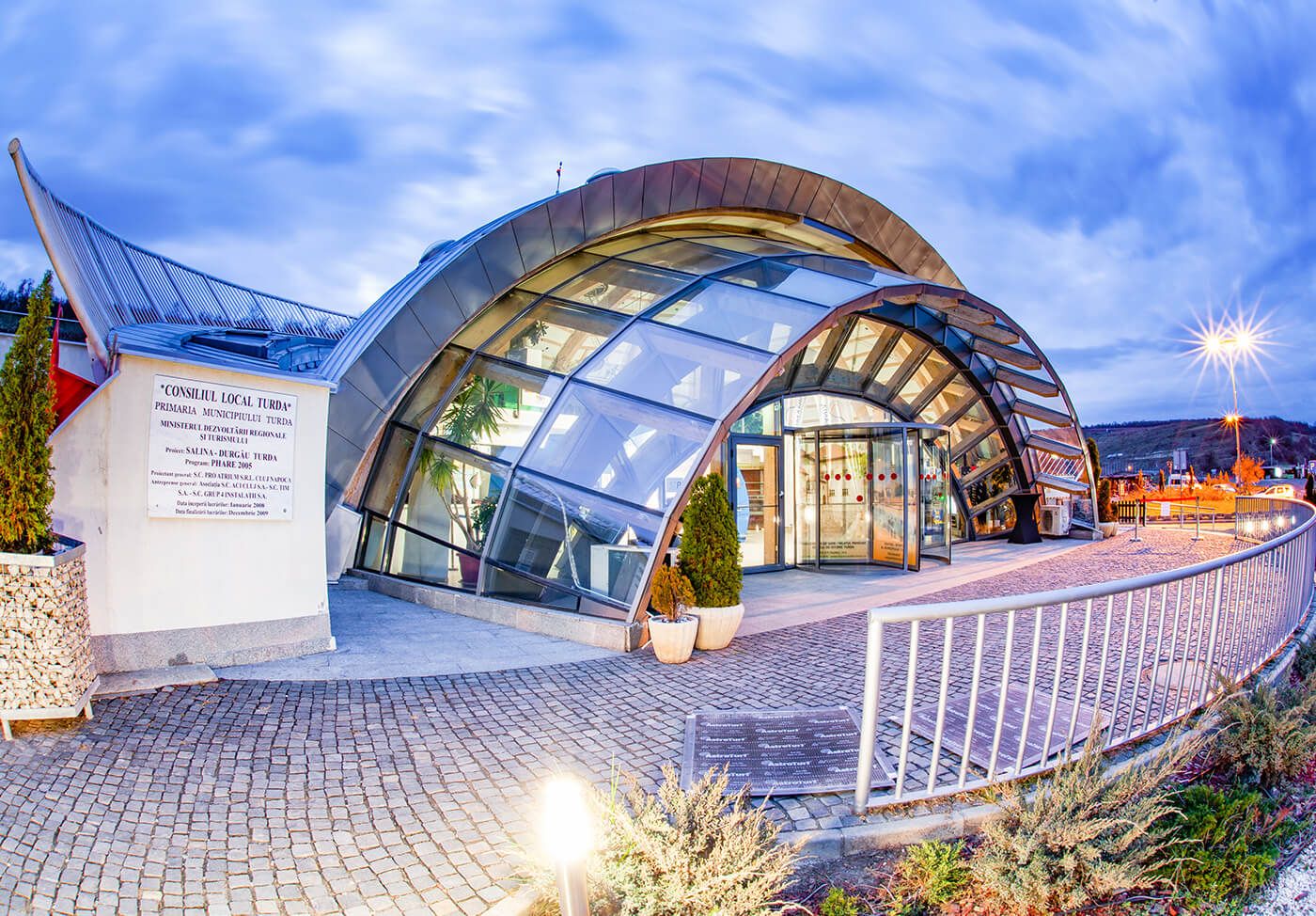
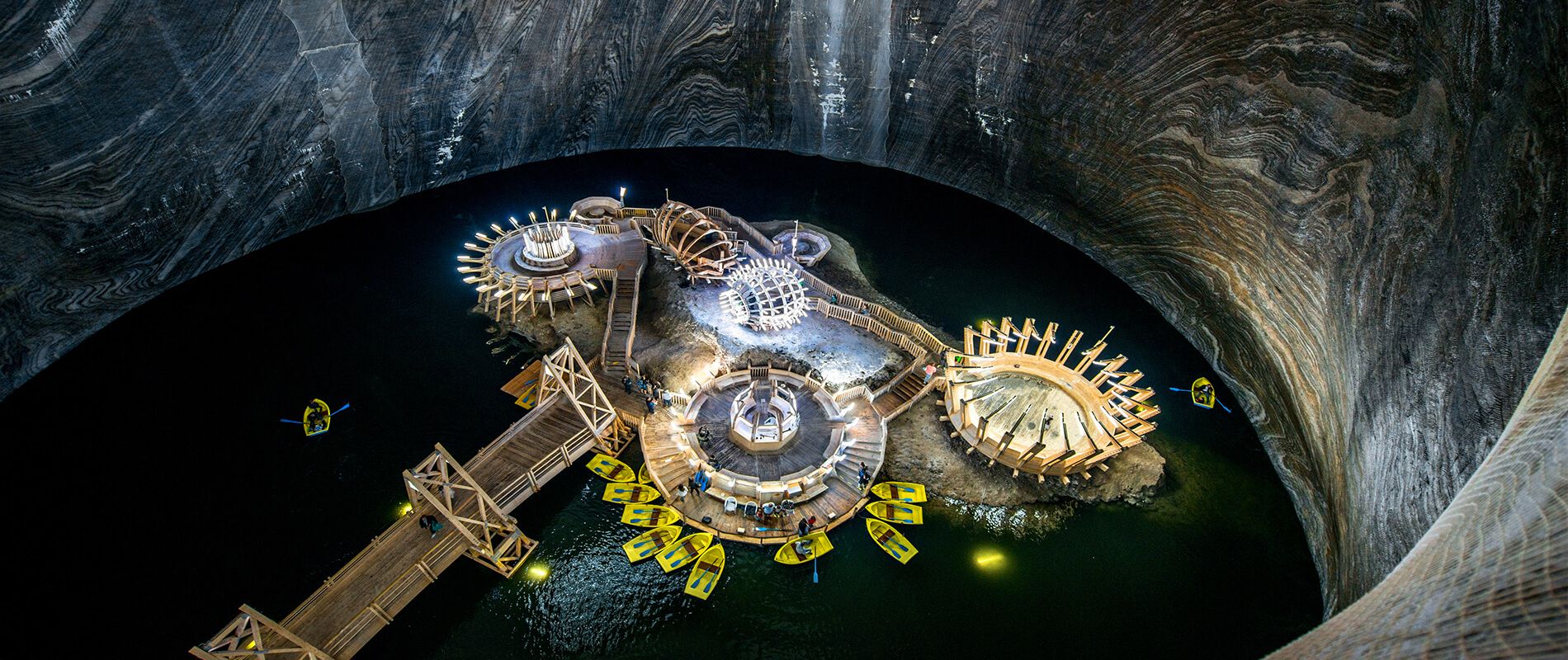
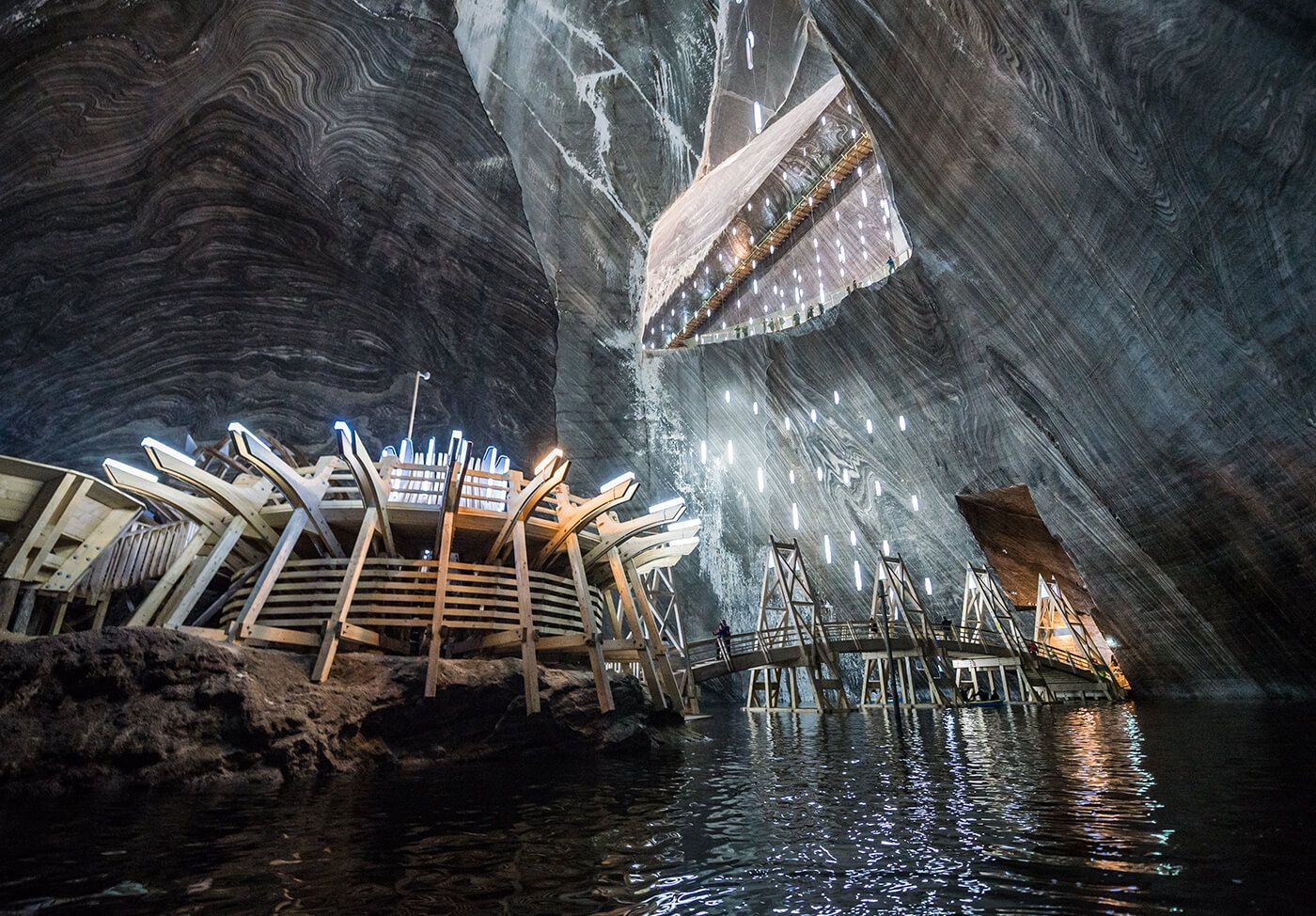

Salt Mountain
Cardona, Spain
The formation of the 100-meter-high salt-beast in the northeastern corner of Spain dates back to around 30 million years ago when the blockage of the Mediterranean Sea caused the water’s mineral content to solidify into a mountain of salt precipitated by evaporating seawater. The process took about 5 million years, a surprisingly fast rate for a transformation of this magnitude.
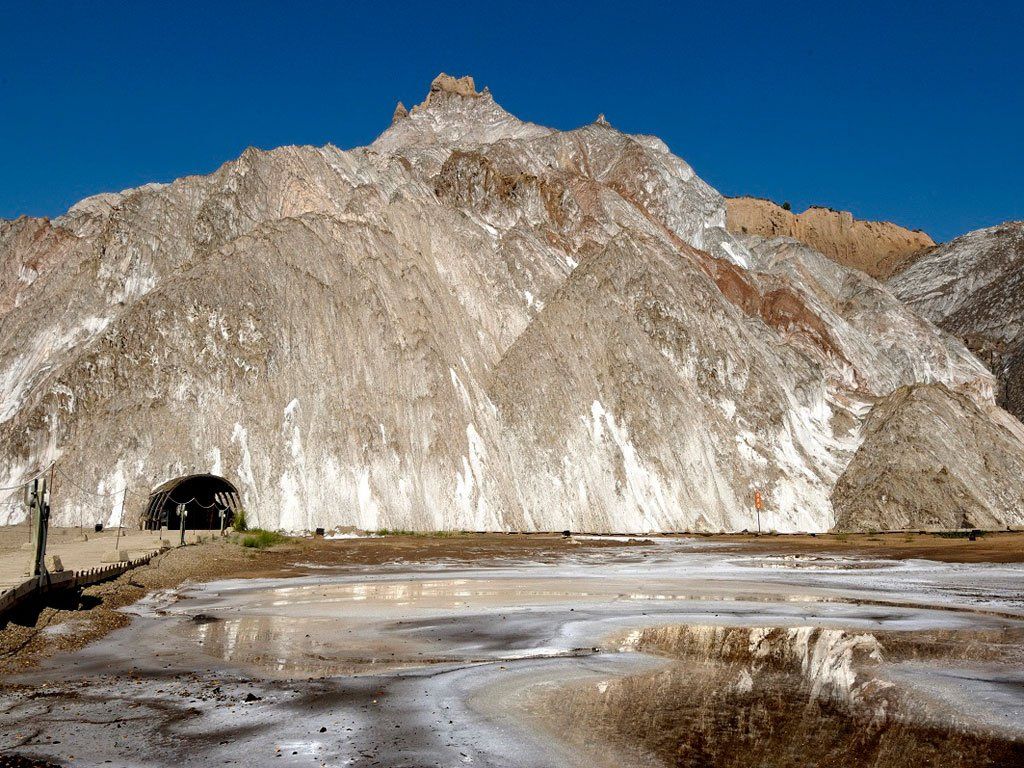
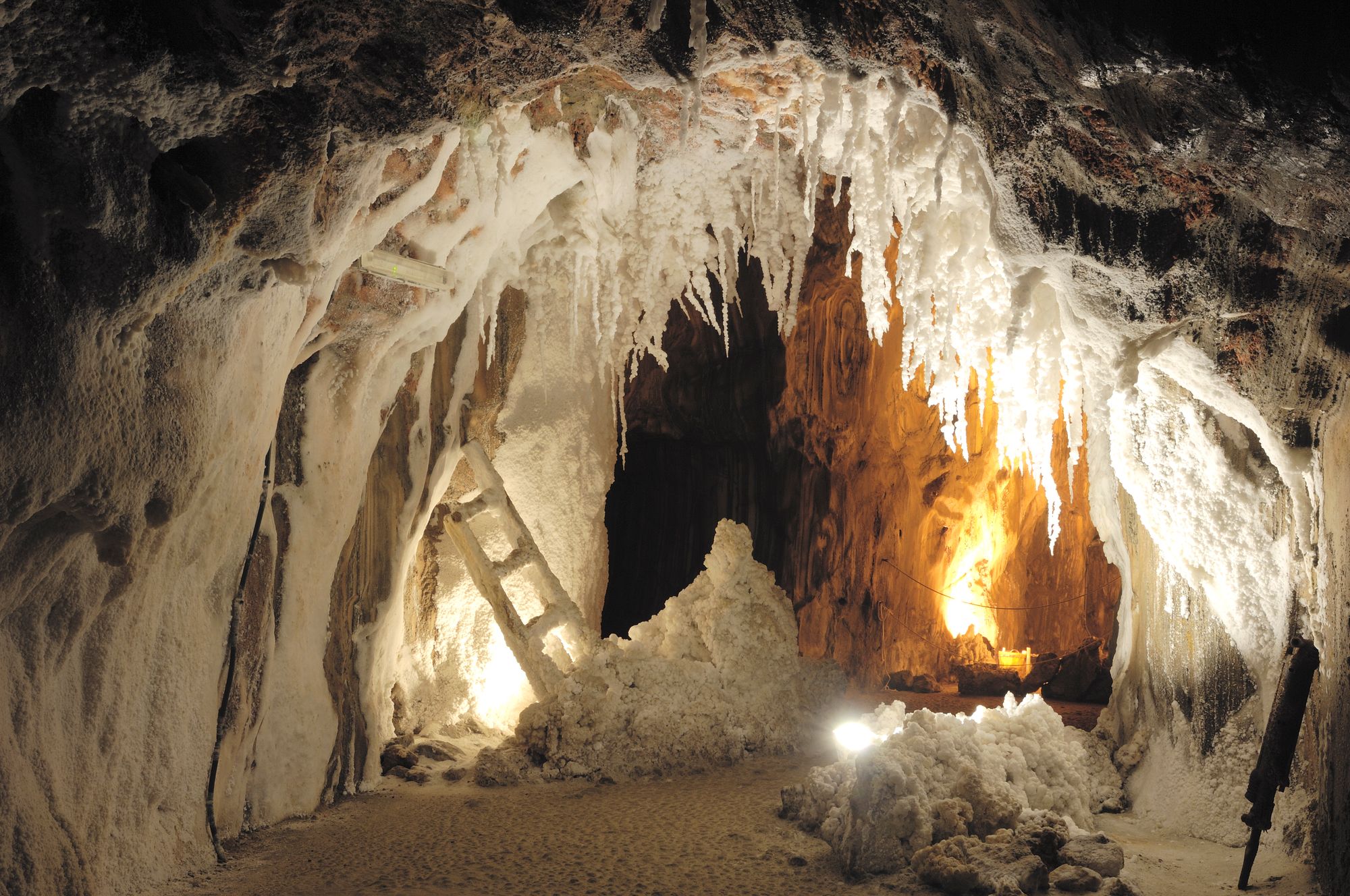
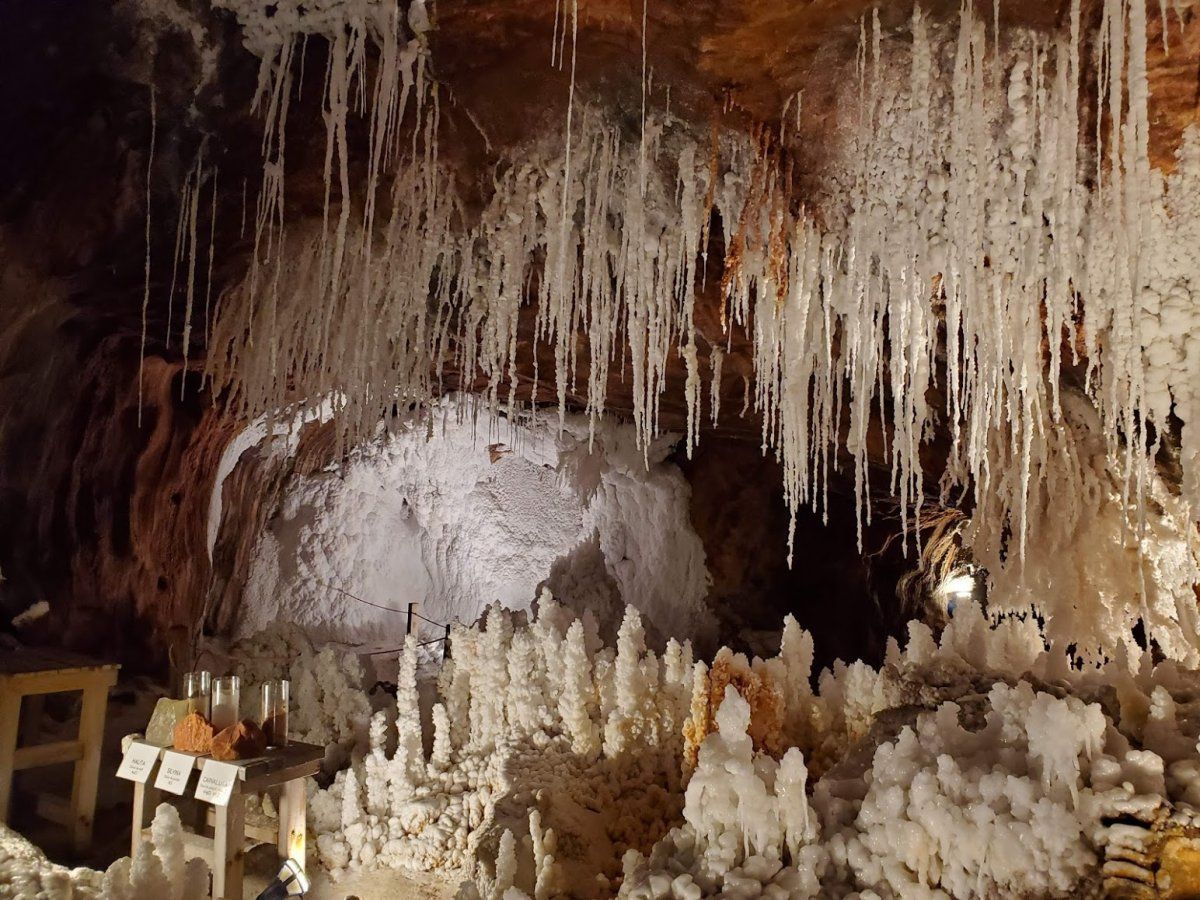
Salt Chapels in the Deep
Wieliczka, Poland
The impressive Polish salt mine was continuously extracted between the 13th and 20th centuries, making it one of Europe’s earliest and most important mines. Still, perhaps unsurprisingly, it’s the chapels and salt carvings that populate its hundreds of kilometers of passages that make it so attractive to tourists. The mine has been a UNESCO World Heritage Site since 1978.
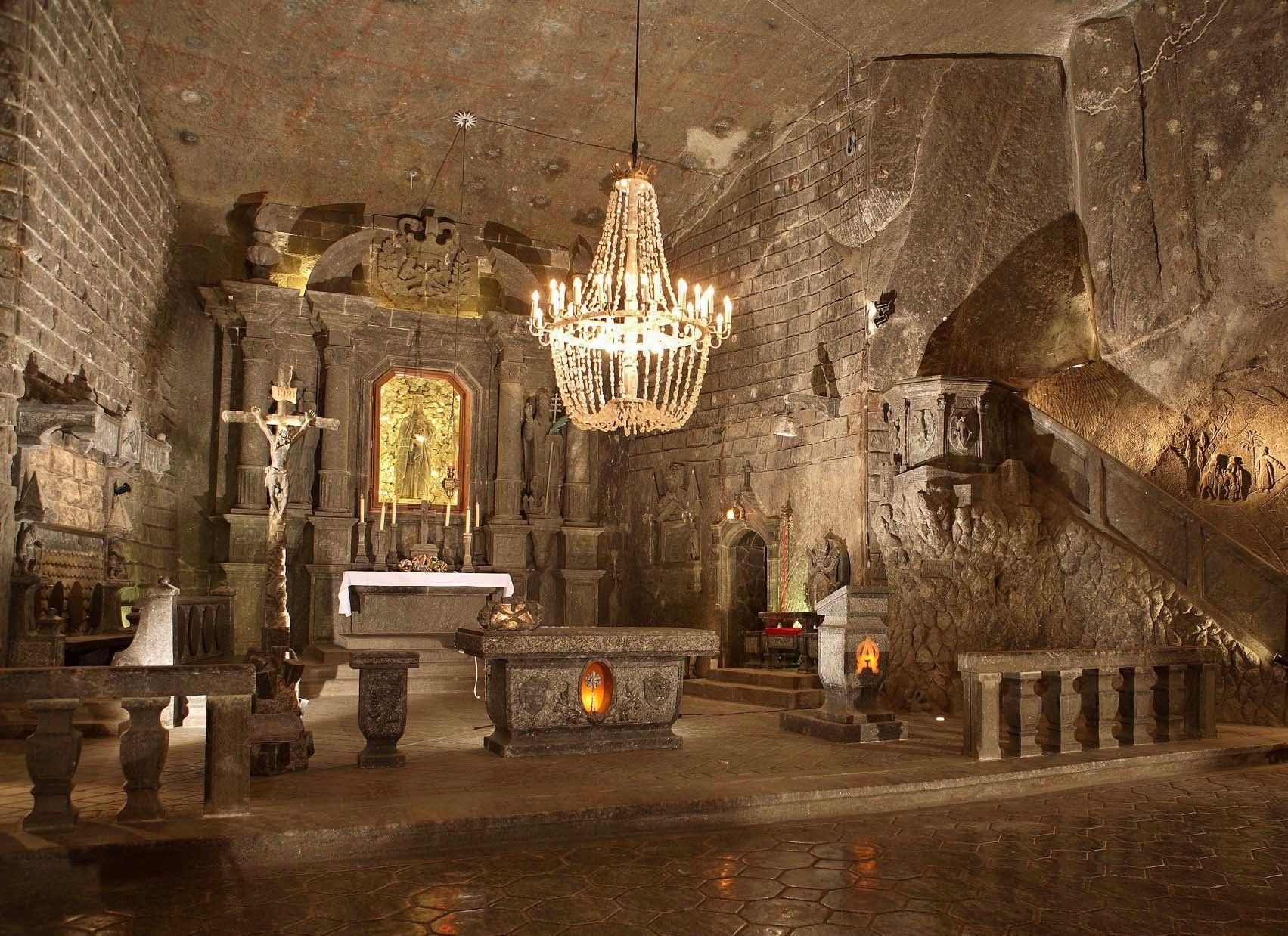
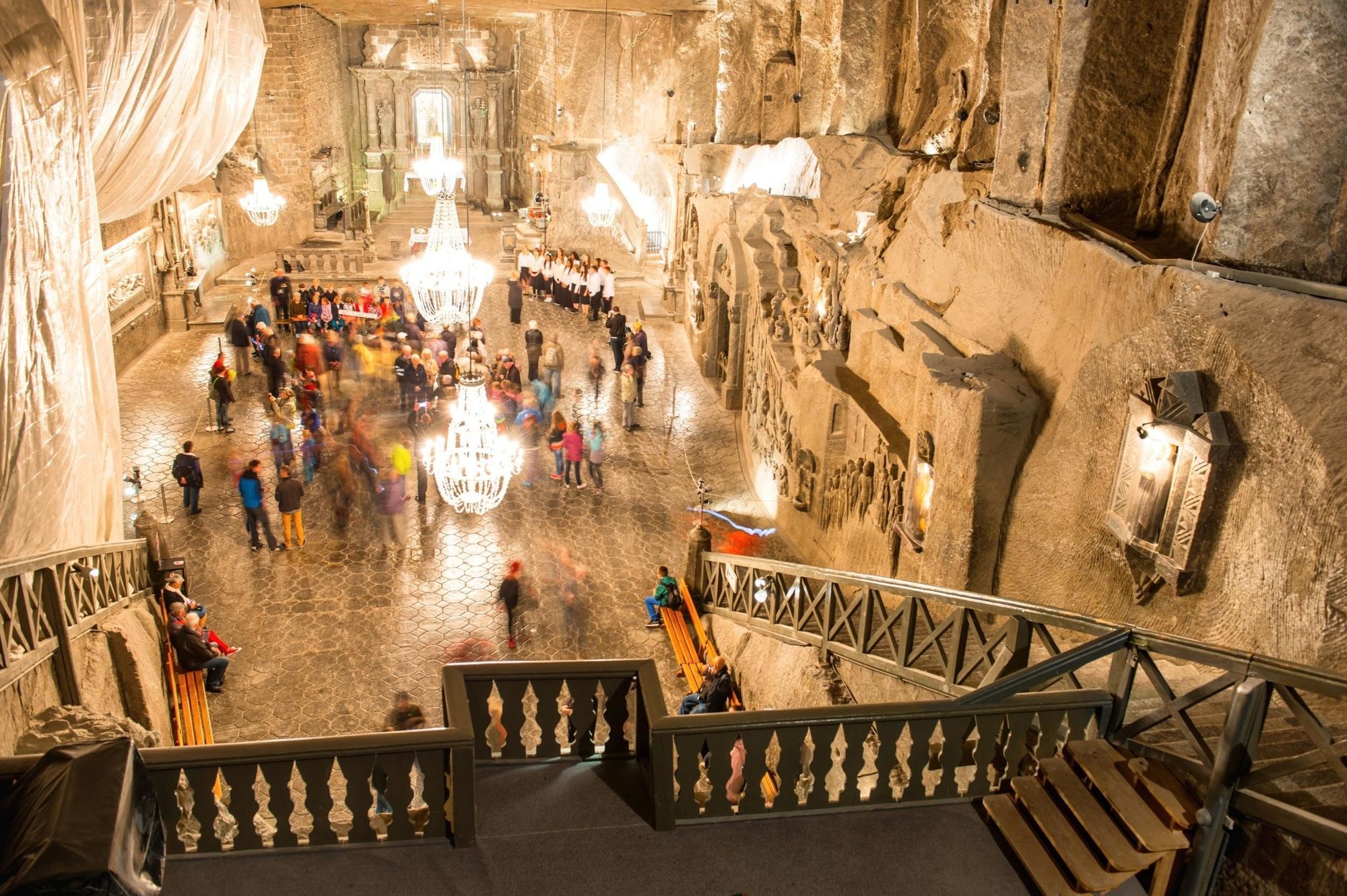
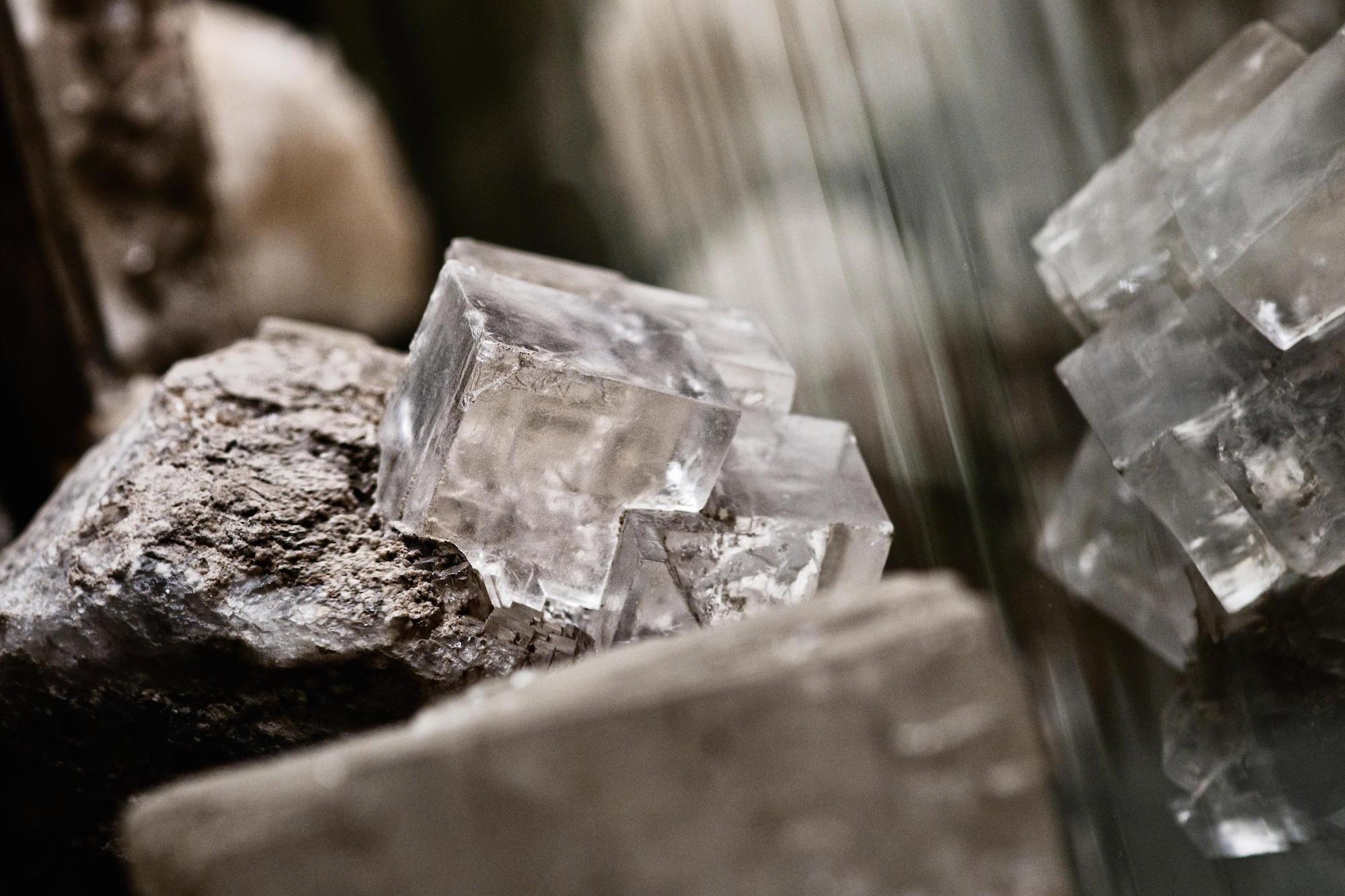
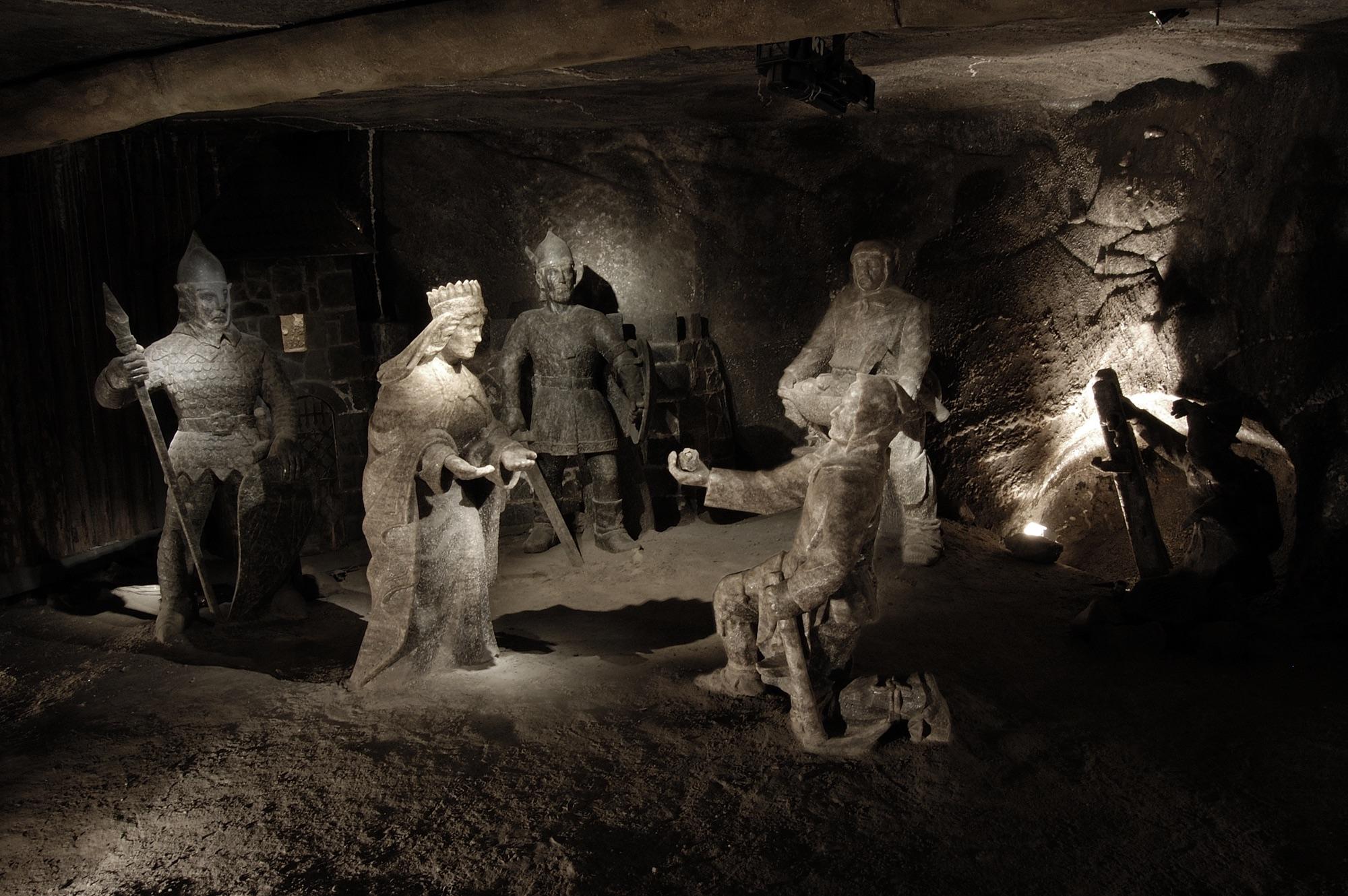
National Institute of Speleotherapy
Soligorsk, Belarus
Perhaps one of the most striking examples on our list is the following, as inside this mine you will find an entire spa complex. The beneficial effects of salt mines have been known for a long time, with Poland having been one of the first countries to recognize them in the 19th century. This salt mine has been used as a spa ever since then.
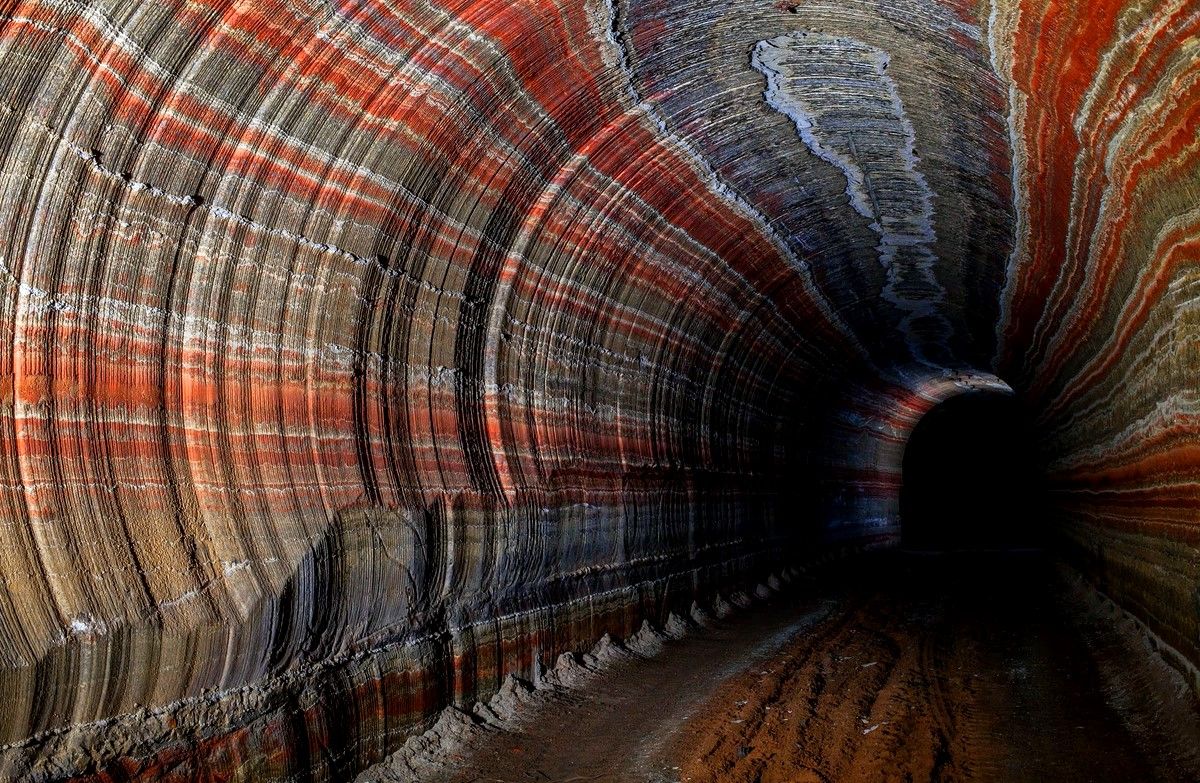
Also known as speleotherapy, the treatment is mainly used to cure lower and upper respiratory problems, but it can also be used to treat other conditions through its immune-boosting effects. About four thousand people visit the institute in Soligorsk every year.
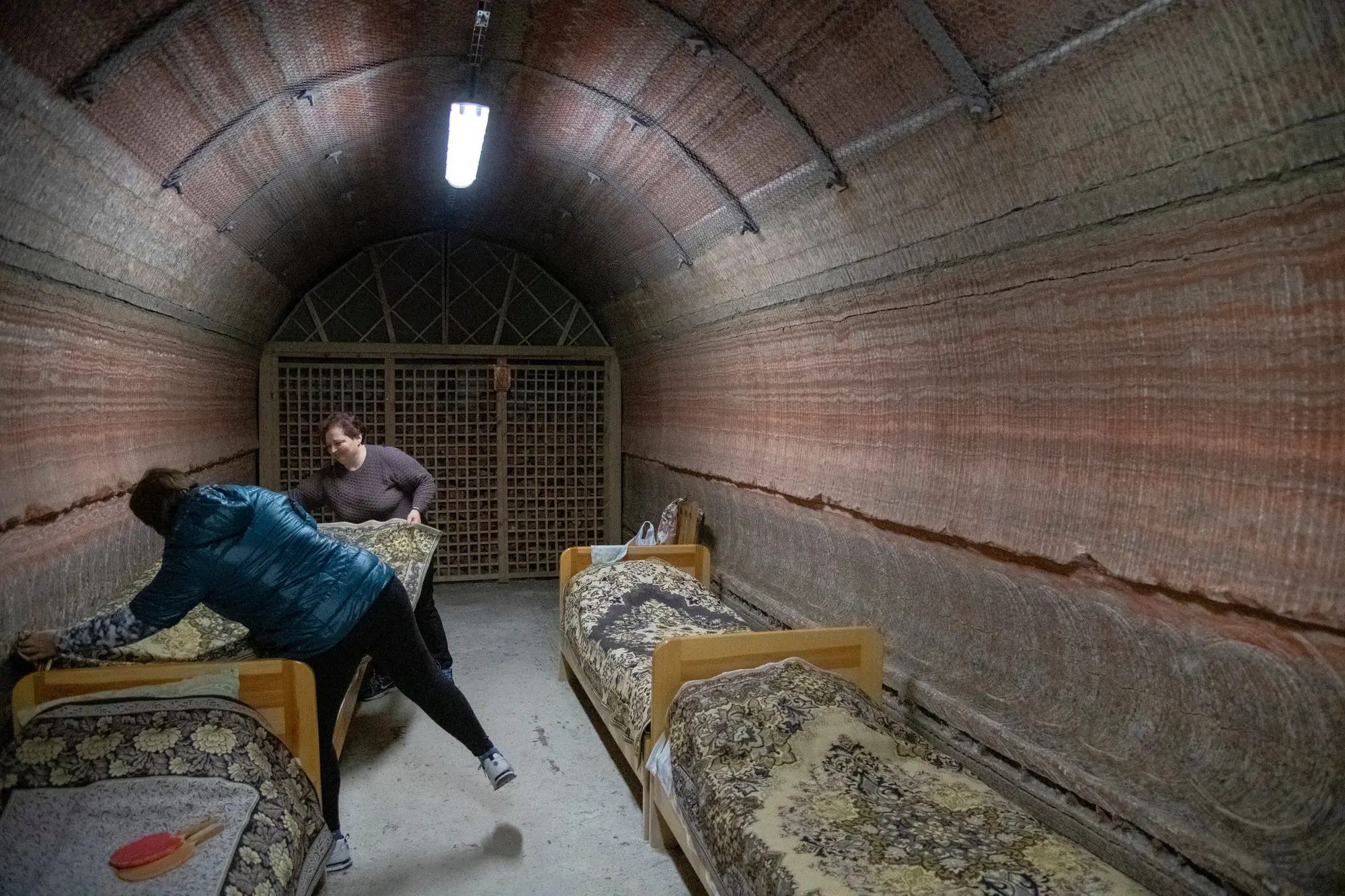


Salt Cathedral
Zipaquirá, Colombia
The mine was already used for salt extraction by the local indigenous people before colonization, but later, like the Wieliczka salt mine, it acquired a sacred significance for the inhabitants of the country. Located just a few hours from Bogotá, the Catholic ‘salt cathedral’ lies 200 meters below the ground and is divided into three parts, each representing a stage in the life of Christ.
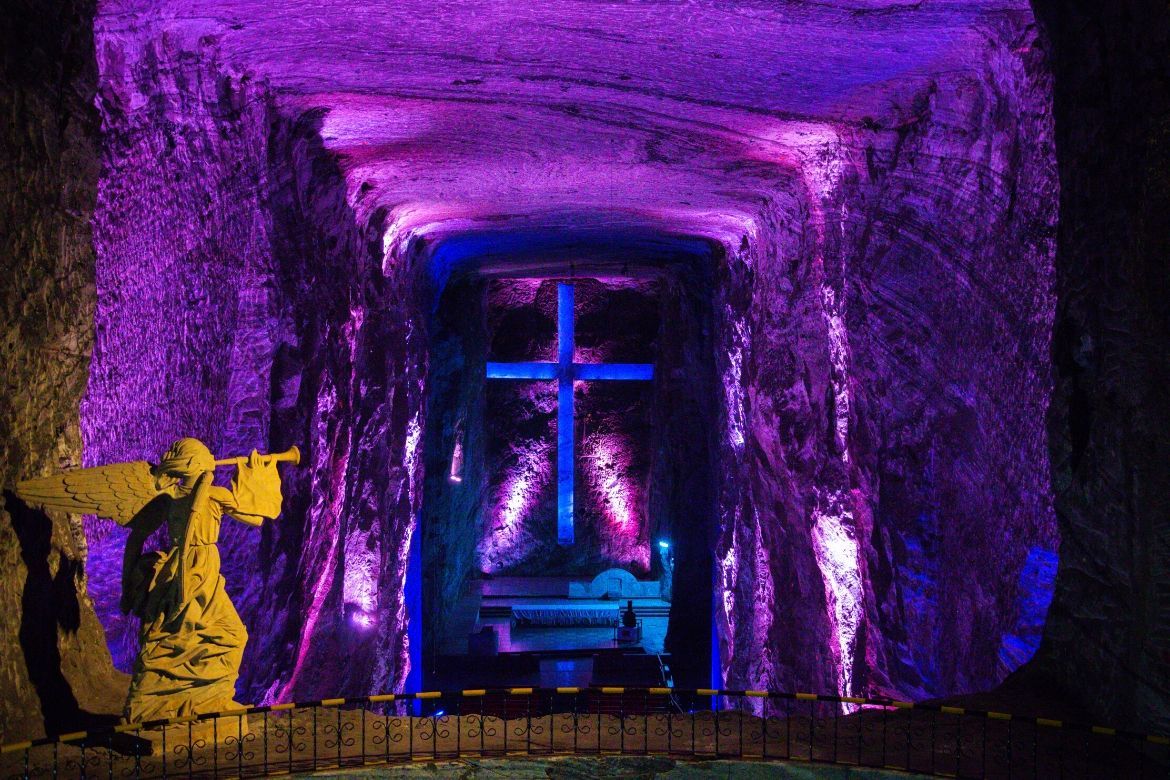


Photos: Sergey Mikhalenko, Vasily Fedosenko
Sources: mybestplace, theatlantic, greatvaluevacations, barcelona-metropolitan, epod.usra.edu, celticseasalt, inyourpocket, visitworldheritage, theatlantic, nytimes, itinari, interest
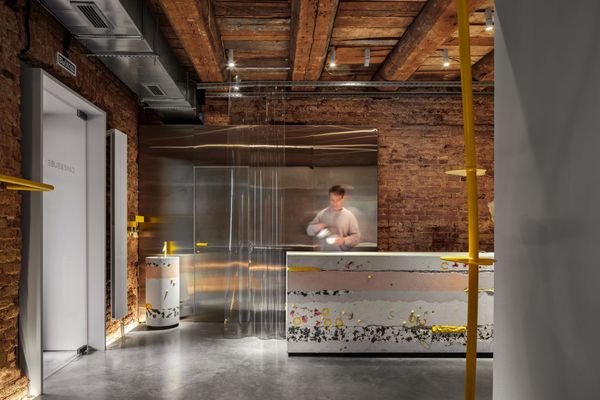
What kind of sweets do you see in it?—DA bureau’s new design hides real treats

Nordic World Ski Championships start today in Planica, Slovenia










